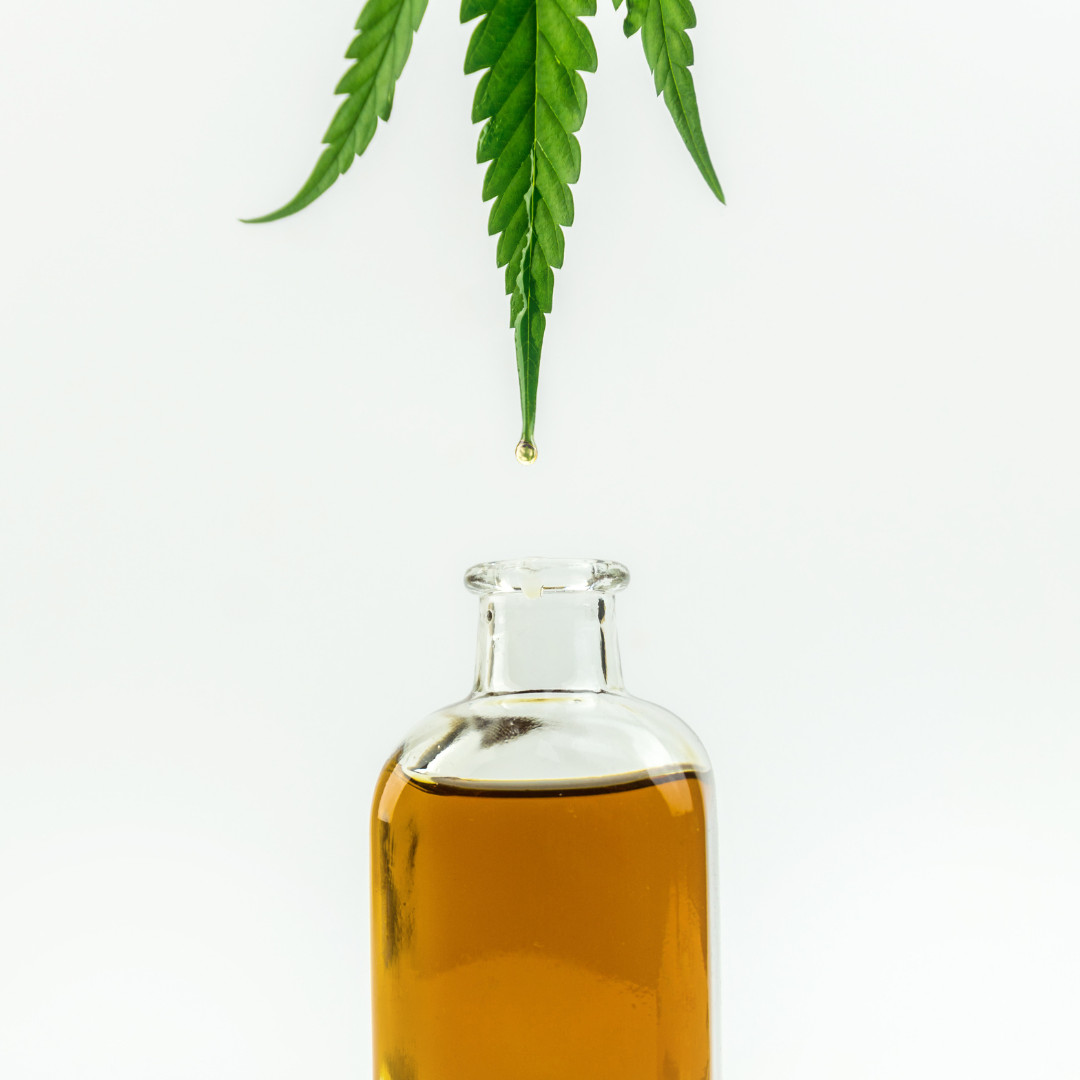
CBD is a growing industry without regulations, so it’s kind of like the wild west. CBD is being added to everything – oils, lotions and to even water and beer. So, it makes sense you would be curious about trying it, but where do you start?How do you know which product is best for you? The first step is to look for a company that uses 3rd party testing to verify the product's profile. Next you need to understand the information in the report. If a company doesn’t use a 3rd party lab to test the product and make the testing available to the consumer, they are not a reputable company.
How to Read a Lab Report for CBD Lotions, Oils and Tinctures
What do you want to look for in evaluating a lab report?
Step 1: How Much CBD is in the Product?
First, look for the amount of CBD in the product. The more CBD is present the more potent the product is.
Step 2: How Much THC is in the Product?
Next you want to make sure about the amount of THC. The law allows up to 0.03% of THC mg/g or mg/ml to be present. This law was ambiguous until the passage of the farm bill in 2018, which absolutely decriminalized hemp products. So, after you look at the amount of CBD and THC in the report there are a few things left to know.
Step 3: CBD Isolate, Broad Spectrum CBD and Full Spectrum CBD
There are different reasons to choose a CBD isolate, a full-spectrum CBD or a broad-spectrum CBD product. A free consultation with CBD Coach, Jackie Potter, is the best way to determine which product is right for you. If on the report there is only the presence of CBD and no THC or other minor cannabinoids then your product is an isolate. Which means only CBD has been extracted out.
Another type of CBD you can identify from looking at a lab report is if your product is broad spectrum. If it is there will be the presence of not only CBD but also other minor cannabinoids as well as the absence of THC. Broad spectrum happens when the full spectrum product undergoes a second extraction to remove all traces of THC.
The last type of product is considered a full spectrum. This will have CBD, THC, minor cannabinoids, terpenes, and flavonoids present. This type of product is considered the most beneficial and touts the “entourage effect” which can create emergent properties that would otherwise not be present. The entourage effect can add therapeutic benefits due to interactions of the various compounds present in a full spectrum product.
Step 4: Identify Terpenes in the CBD Lab Report
The last step in the CBD lab results is the part of the report showing what terpenes are present in the sample’s profile.
Step 5: Making Sure Your CBD Doesn’t Have Pesticides, Fungi, Metals…
The next section of the report will show what the sample doesn’t have in it. Here you want to be looking for the absence of pesticides, fungi, molds and heavy metals all or some of which can be present in the ground the hemp plant is grown in. Cannabis is considered a bio accumulator and potentially will absorb all the elements present in the ground where the hemp is grown. Another important aspect of the lab results is to be sure there are no solvents present, some companies use solvents to extract the CBD from the plant material. If these solvents are present, they can be toxic to our system.
Hopefully, knowing the two main parts of an independent lab report will give you an informed start on your CBD journey.


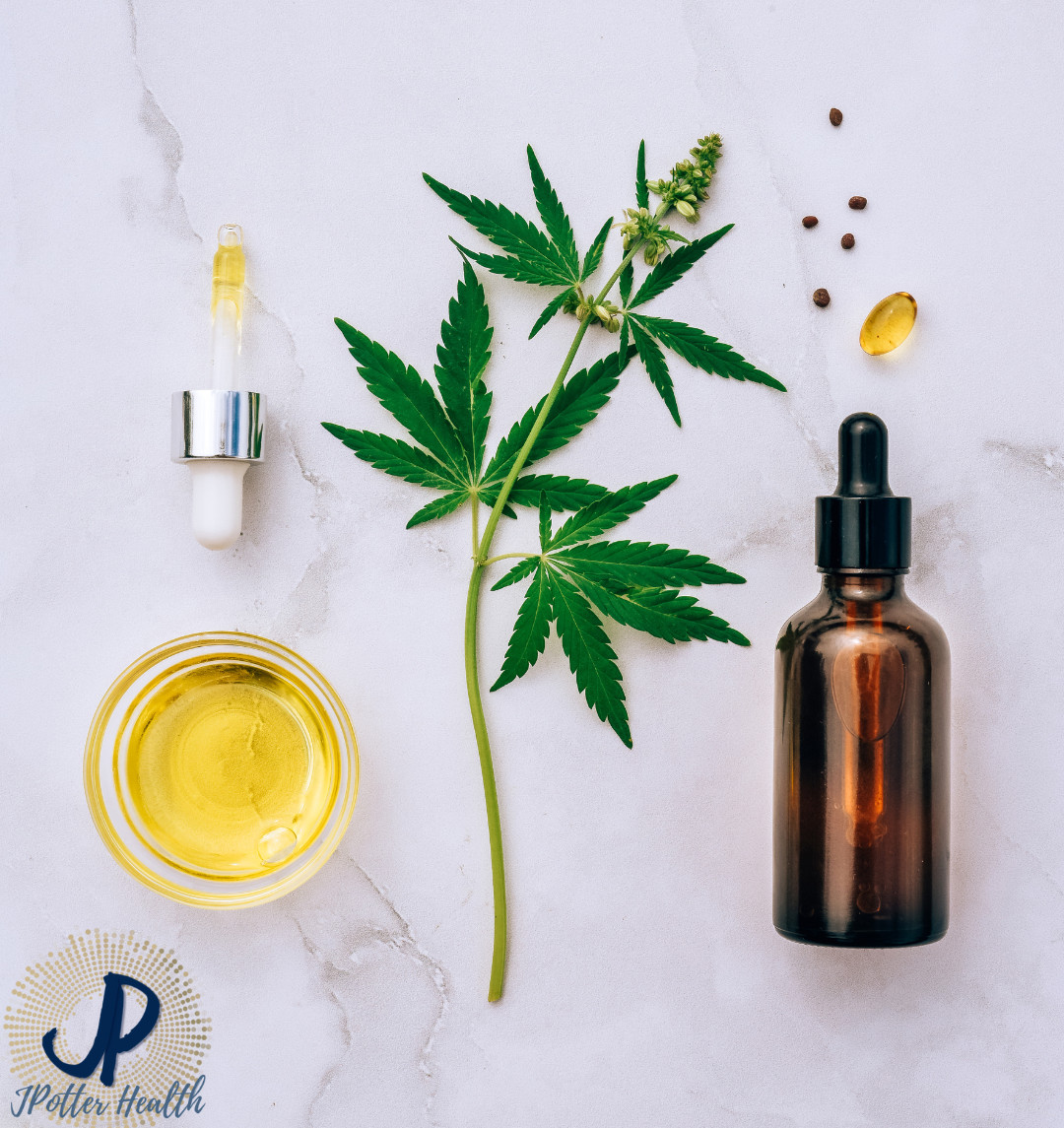
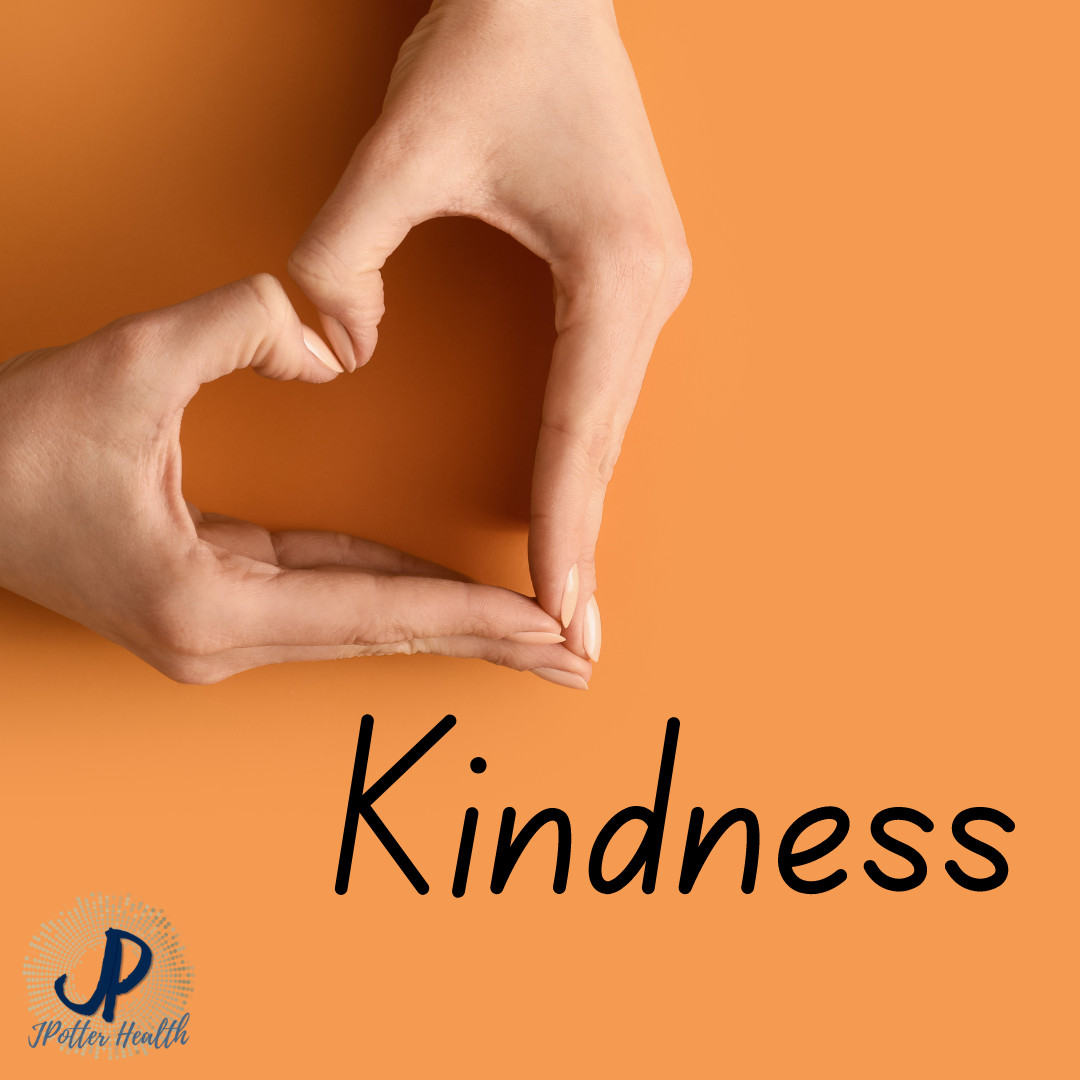
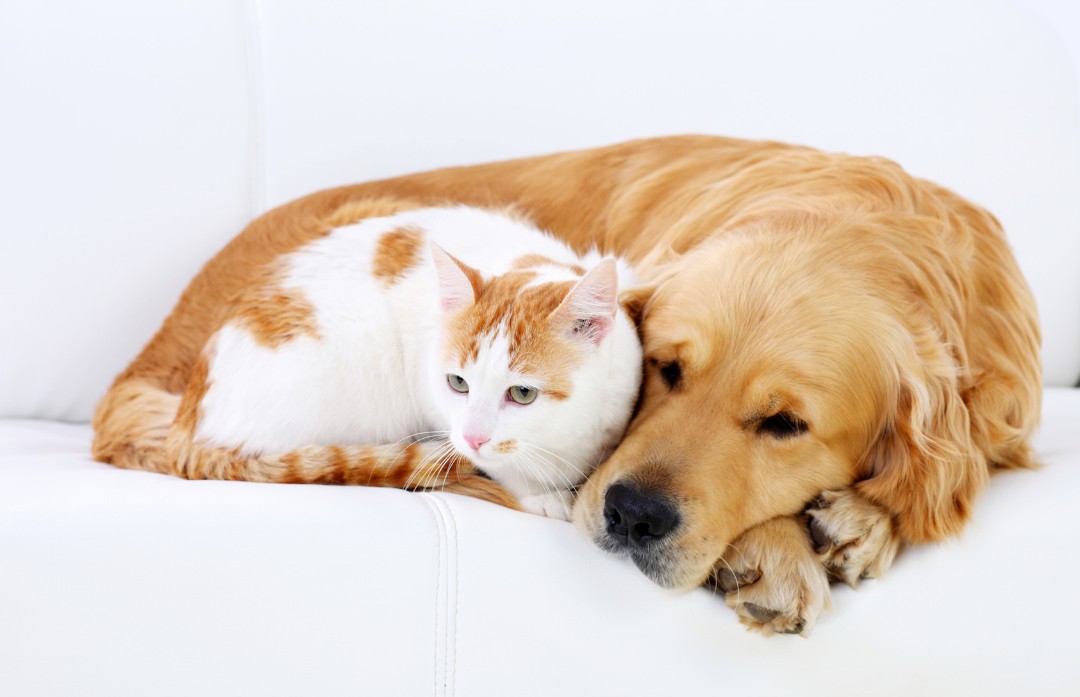
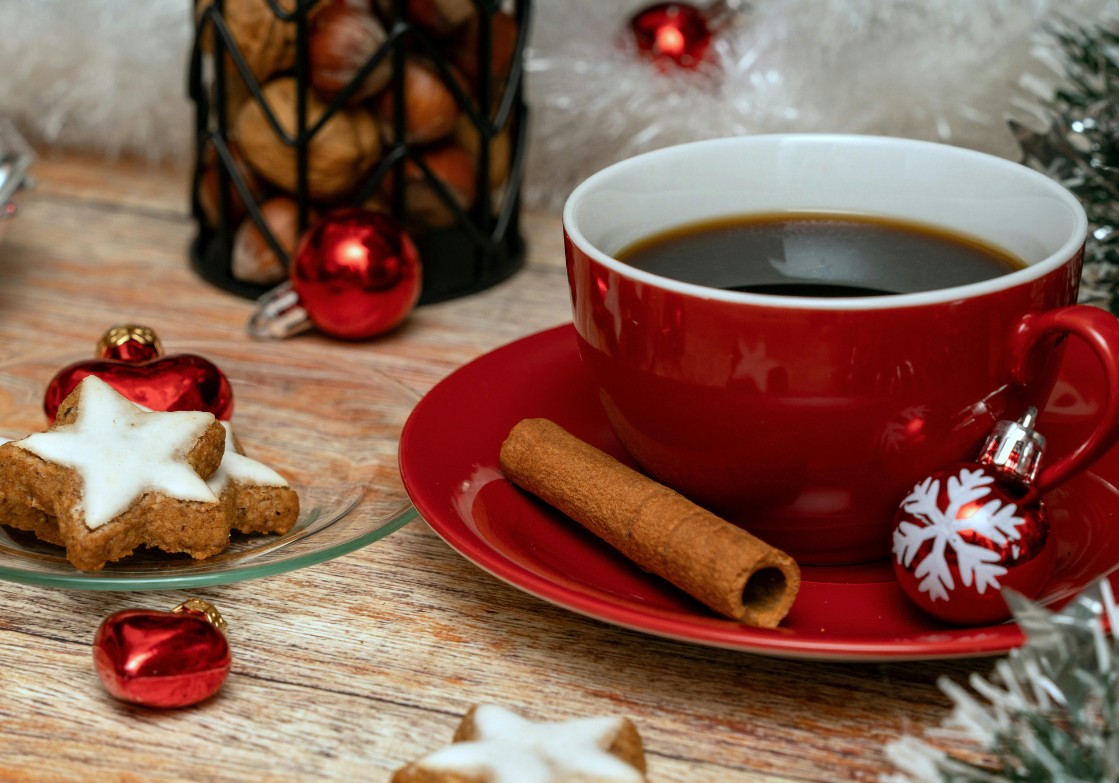
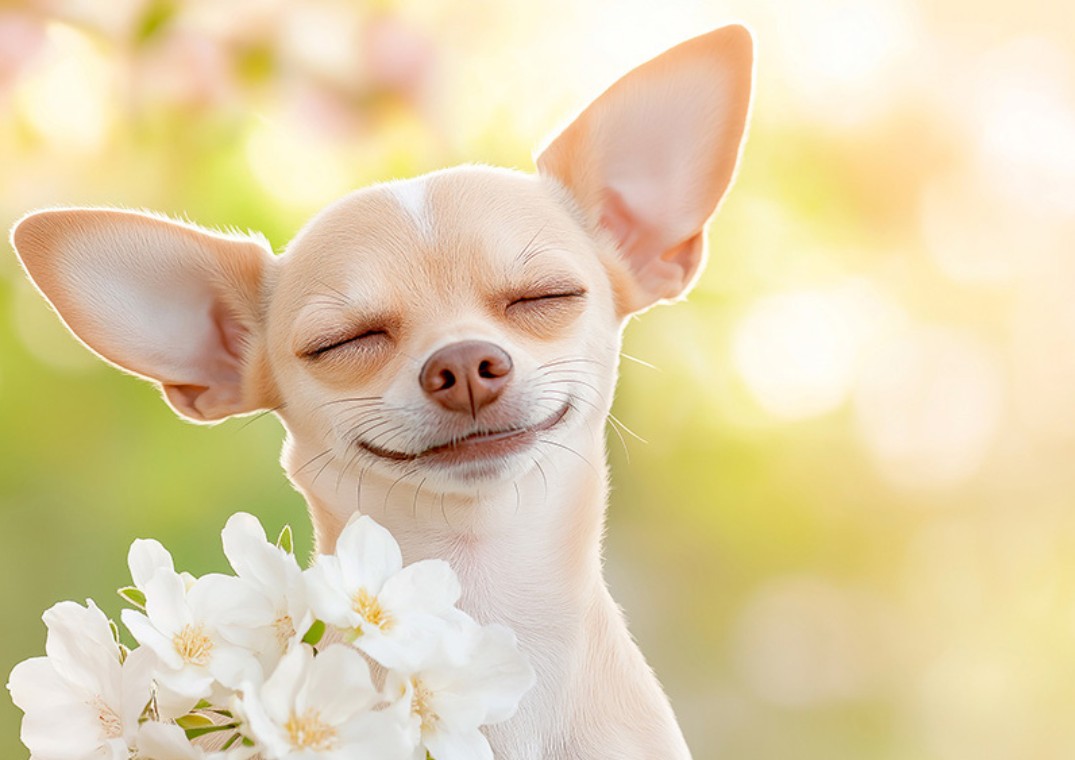


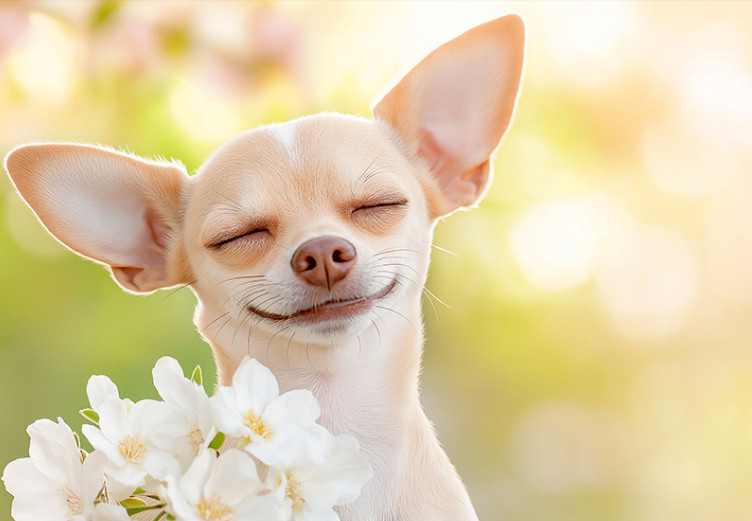

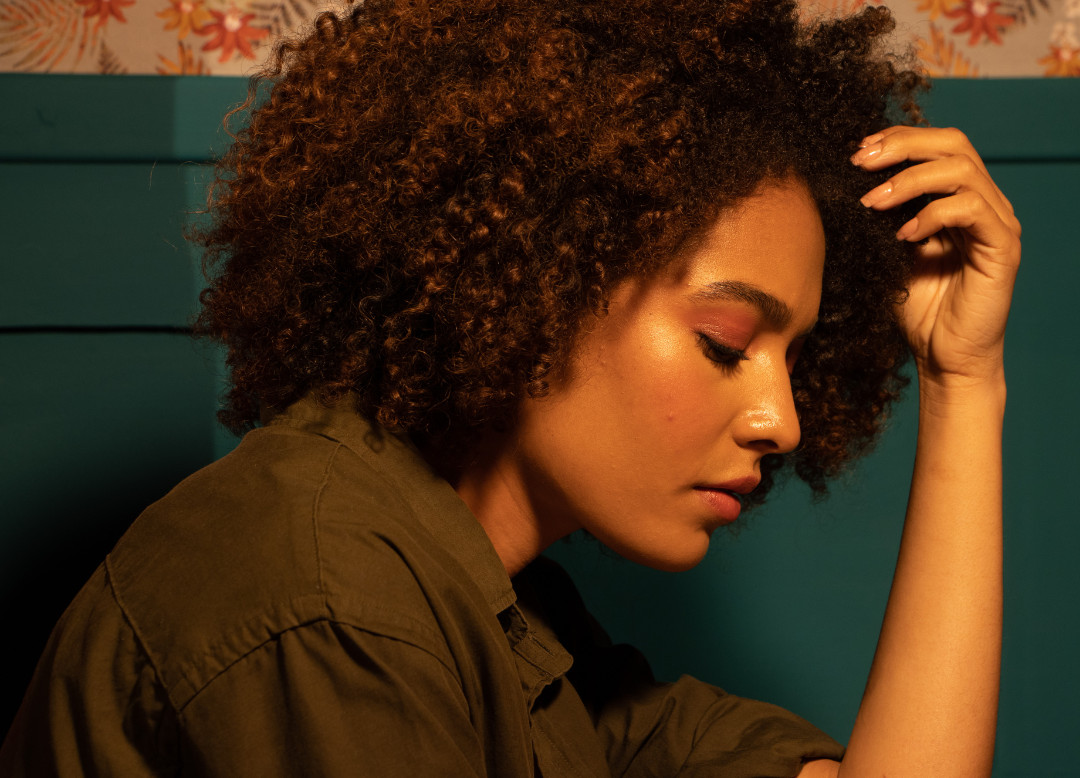




0 Comments